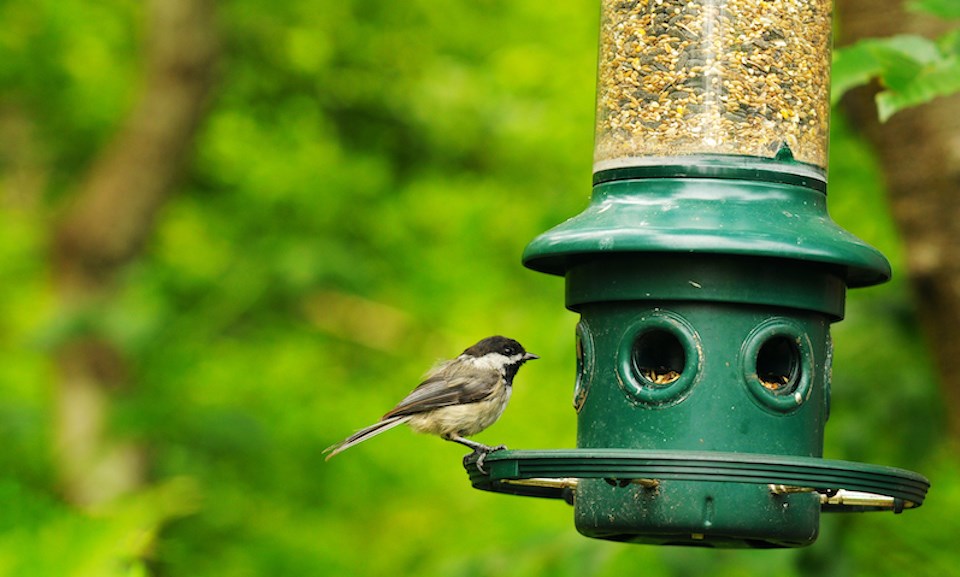A safe bird-feeding environment prevents the spread of disease among birds across North America — but experts say the public should temporarily remove feeders from their backyards during outbreaks.
On Dec. 15, 2022, the BC SPCA issued a warning about the rising number of highly pathogenic avian influenza (HPAI) cases in the province, urging the public to remove bird feeders.
People should temporarily remove seed and suet bird feeders to "discourage unnecessary large gatherings" that may facilitate the spread of the disease, according to the organization.
Cases of the virus have been confirmed in the Lower Mainland, Vancouver Island, Interior, and North regions. In Canada, B.C. is second only to Alberta for the highest number of birds affected at poultry farms, resulting in mass mortality.
While the highly contagious avian flu has wiped out millions of poultry birds across North America this year, populations of waterfowl, raptors, and even crows and ravens are also likely seeing untold losses, say wildlife rescue organizations.
Hummingbird feeders pose the lowest risk because they are "species-specific and have a more limited group of birds visiting them," according to the BC SPCA.
People should regularly change the nectar and clean hummingbird feeders to prevent deadly fungal outbreaks.
Best bird-feeding practices outside of outbreaks
While there are times when it is safe to have a bird feeder outside, they can still encourage the spread of disease by attracting other wildlife, such as predators and rodents.
"Responsible bird feeding techniques are crucial in helping limit the spread of disease among birds," stresses Wild Birds Unlimited owner Mark Eburne. "We feel it is essential for those who enjoy the bird feeding hobby to understand the importance of proper feeding methods to promote bird health."
The company recommends several important techniques to ensure the safety of people and birds.
- Clean bird feeders, baths, and all hardware weekly with a 10 per cent bleach (one part bleach to nine parts water) solution. Rinse thoroughly and allow to completely dry before refilling feeders.
- Always keep the ground below and around feeders clean. Discard seed debris and bird droppings regularly.
- Give the birds more space. If using multiple feeders, place the feeders farther apart from one another. This will reduce crowding and the potential for disease transmission between sick and healthy birds.
- Only use feeders that can be easily cleaned.
- Remove open tray and platform feeders that allow fecal material and food to come into contact with each other. Only use feeders that do not let the birds stand in or directly above their food.
- Limit the amount of seed you provide. Offer only as much food as the birds will eat in one or two days. Rake up waste material in the area before refilling.
- Always discard any seed that has become wet.
Environment Canada discourages the feeding of wild birds by hand but notes that bird feeders are "still safe" but should not be in areas close to poultry or other domestic animals.
The SPCA recommends only providing feeders in winter between October and March because there is plenty of natural food for birds during the summer.
Water sources for birds must be emptied, cleaned, and refilled regularly.
With files from the Times Colonist.




